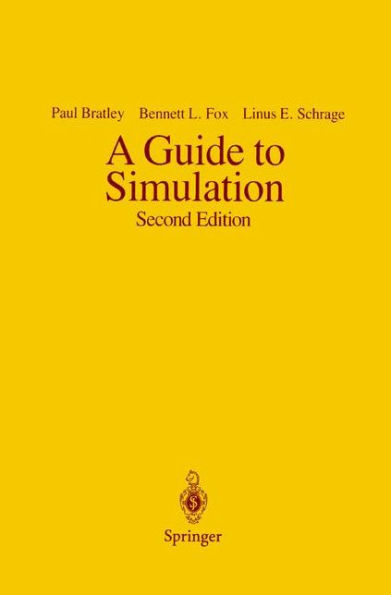5
1
9781461264576



A Guide to Simulation / Edition 2 available in Hardcover, Paperback

A Guide to Simulation / Edition 2
- ISBN-10:
- 146126457X
- ISBN-13:
- 9781461264576
- Pub. Date:
- 10/17/2012
- Publisher:
- Springer New York
- ISBN-10:
- 146126457X
- ISBN-13:
- 9781461264576
- Pub. Date:
- 10/17/2012
- Publisher:
- Springer New York

A Guide to Simulation / Edition 2
$169.99
Current price is , Original price is $169.99. You
169.99
In Stock

Product Details
| ISBN-13: | 9781461264576 |
|---|---|
| Publisher: | Springer New York |
| Publication date: | 10/17/2012 |
| Edition description: | Softcover reprint of the original 2nd ed. 1987 |
| Pages: | 397 |
| Product dimensions: | 6.10(w) x 9.25(h) x 0.03(d) |
From the B&N Reads Blog
